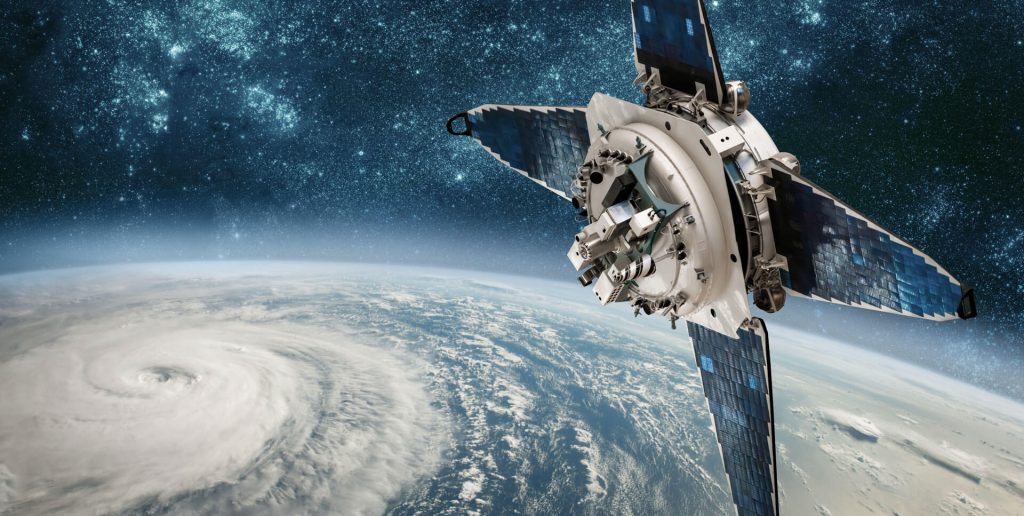
Satellites make it possible to study planet Earth on a large scale from space and in a sustained manner over time, which makes it possible to study and understand what changes are occurring and how fast.
The objective of the Quantitative Remote Sensing Group (https://tele.iafe.uba.ar/) is to obtain information on biophysical variables of the terrestrial environment and the sea using data obtained by different satellite systems that measure reflected or emitted electromagnetic radiation in visible, infrared and microwave wavelengths. For example: soil moisture, biomass of forests and crops, sea temperature, concentration of chlorophyll-a and suspended particulate matter, turbidity, etc. It’s an interdisciplinary group, composed of Physicists, Biologists, Engineers and computer experts.
There are two main lines of research that focuses on the development of physical-mathematical and computational procedures to obtain biophysical variables of interest for terrestrial (Land Division – https://tele.iafe.uba.ar/land/) and marine (Marine Division – https://tele.iafe.uba.ar/marine/) environment.
The group carries out various research and transfer activities, generating products for different national and provincial organizations that request them. Among the activities carried out, it can be mentioned:
On the other hand, the LAMP group (https://lamp.iafe.uba.ar/) also makes contributions to the study of the ionosphere through observations from outer space (such as using CONAE’s SAOCOM ).